All of this talk about exercise has gotten you motivated to get moving. You head to the gym, bust out a great workout and feel great on the way home. But, as the hours increase, you can feel yourself getting sorer and sorer. The next day, you can’t get out of bed. You blame exercise, you think you might be hurt and you may vow to never do it again!
Rest assured you are likely experiencing something very common and actually beneficial. It is called delayed onset muscle soreness, or DOMS for short. For many years, DOMS was blamed on lactic acid build up in the body. Post-exercise tests were done and lactic acid numbers were high. Therefore, lactic acid got blamed for the pain.
In reality, lactic acid does cause pain, but only the pain that is associated with intense exercise. It lasts for about 30-60 minutes after the workout.
Lactic acid acts as a buffer to rid our body of other waste products and to stop us from over-exercising to the point of injury. When blood lactate levels are checked one hour after exercise, they are back to their pre-exercise levels. So, blood lactate isn’t that bad guy when you wake up the next morning feeling like you got run over by a bus.
What happens when we exercise more intensely, longer, or harder than normal is that our body is asked to produce more force. The force can cause microscopic muscle fiber tears which can cause pain. Lucky for us, when we repeat the exercise, our body adapts and learns to recruit more muscle fibers, causing less tearing and less pain.
Additionally, there is a leaking of an enzyme called creatine kinase into the blood stream. Creatine kinase is a marker for inflammation. This inflammation, combined with the tears to the muscle fibers, creates pain. Pain usually peaks about 48 hours after exercise and subsides between 5-7 days, depending on the activity and how trained you are.
There are a few times when the pain is not DOMS but possibly an acute or overuse injury. Typically, when an acute injury happens, you will know. You will feel a pop or roll your ankle, as an example, and you will feel immediate pain. If you experience what you believe to be an injury, stop exercising immediately and see a physician at that time.
An overuse injury, however, can be challenging. One way to tell if a pain is an overuse injury or DOMS is whether or not it is on both sides of your body. If one shin hurts, that’s not good. If one shoulder hurts, again, probably an injury. When you have bilateral pain (on both sides), that is a good indicator of DOMS. And, that pain should go away after a few days. An injury will get worse.
If you do get DOMS and want to feel normal again, contrary to how you feel, you should get moving! Exercise increases blood flow to the area, increasing the amount of oxygen and allowing the tears to heal. If you can’t do a normal routine, walk around the mall, go for a swim or go for an easy bike ride. Anything to get blood flowing will help. However, if you are injured or suspect you are injured, it is always better to err on the side of caution and get advice from a medical professional.
Do you have tips for soothing soreness after exercise? Share the with us!


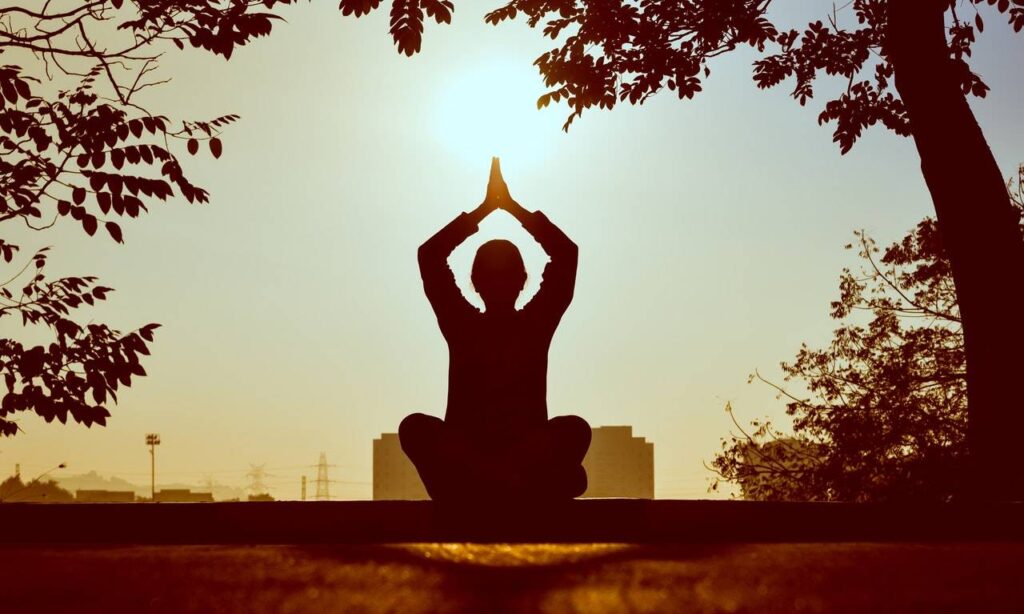
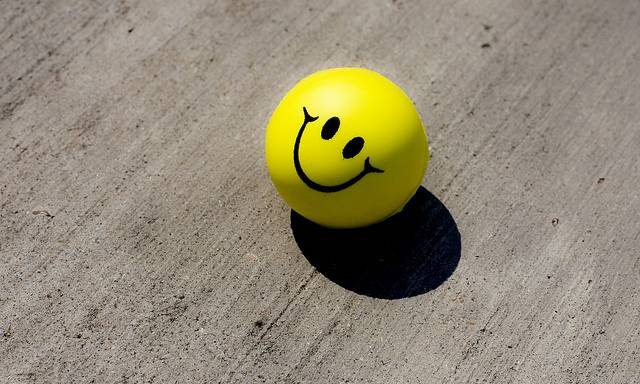

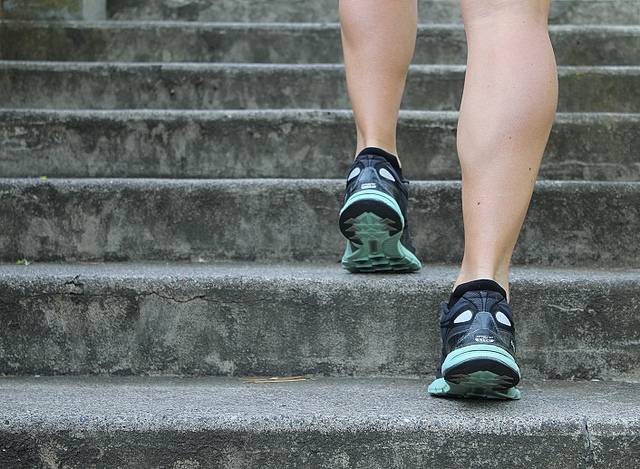
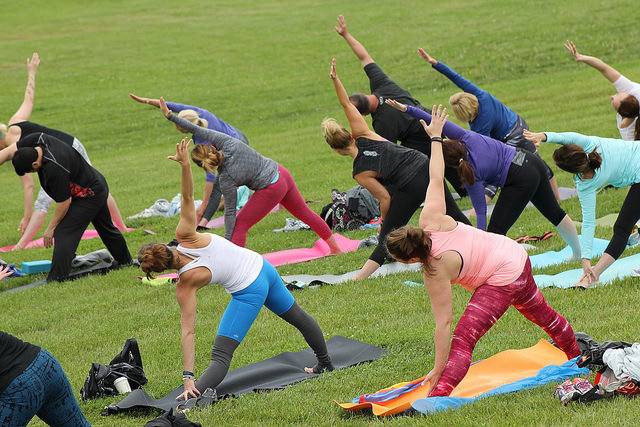
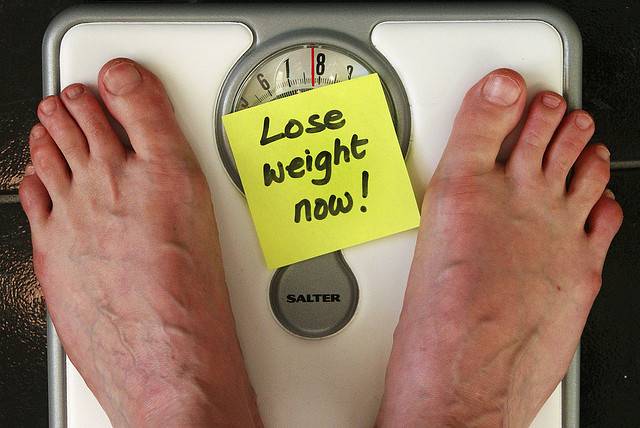

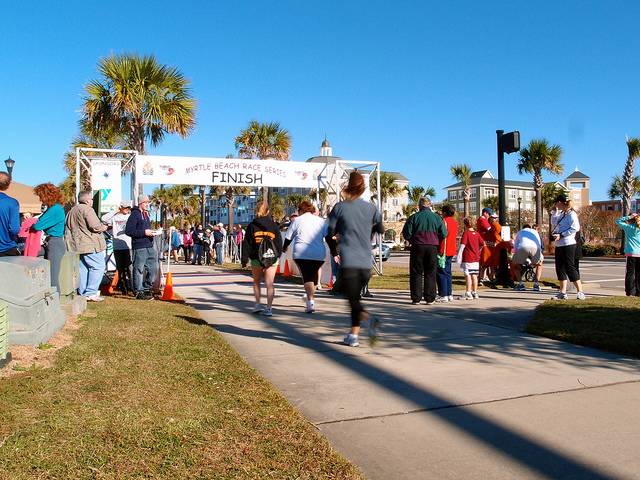

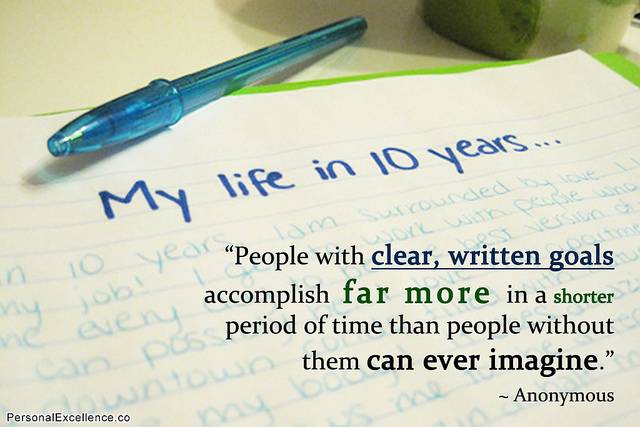
It was painful enough for long enough that I still remember it, 36 years later!
I was running and developed pain in one shin. I decided it was not a good time to quit running, and recalled some dubious suggestion that it might be useful to “run it off”, so I kept going!
Boy was that a mistake, since I could hardly walk (let alone run) for the next 10 days. I should’ve stopped and maybe followed a different bit of injury advice, “Ace, Ice, Elevate”!